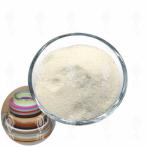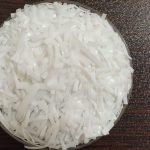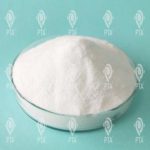Polyethylene Wax Density to Know While Buying
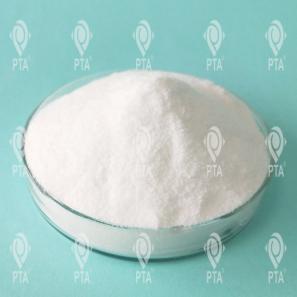
While you want to buy PE wax you have to be aware of polyethylene wax density which will help you to know about one of the most common external lubricants. Polyethylene wax is a type of based wax that is insoluble at ordinary temperatures in organic solvents but soluble at higher temperatures in aliphatics, chlorine hydrocarbons, and most non-polar solvents.
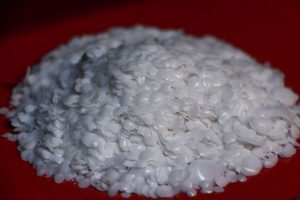
Techinical data about polyethylene waxes
 Knowing technical data about PE wax especially, polyethylene wax price will contribute to have a better purchase. In fact, polar waxes is a colorless, clear, crystalline solid.
Knowing technical data about PE wax especially, polyethylene wax price will contribute to have a better purchase. In fact, polar waxes is a colorless, clear, crystalline solid.
Heavy wax polyethylene has a linear structure and is produced with low and medium pressure.
Due to its lubricating properties, polyethylene separates molten metal, and the surface lubricates the surface between the metal and PVC, and also has a special effect on the gloss of the product.
Polyethylene wax is usually produced in two types, emulsion and non-emulsion. The difference between the two types is in their molecular mass and their molecular mass is between 2000 and 4000.
Polyethylene wax has less resistance and flexibility than other polyethylene, but its resistance to chemicals and brittle environmental stresses is high.
This type of polyethylene wax is the most widely used type of polyethylene in the world. It can act as a diffuser and activator in polyethylene, ABS.
As mentioned about wax applications, this material is used in PVC as an external lubricant. Polyethylene wax is purer than other polyethylene and performs better due to its molecular mass and uniform melting point.
As a result, using this material during the extrusion process increases the production rate by about 30%.
How to know polyethylene wax density?
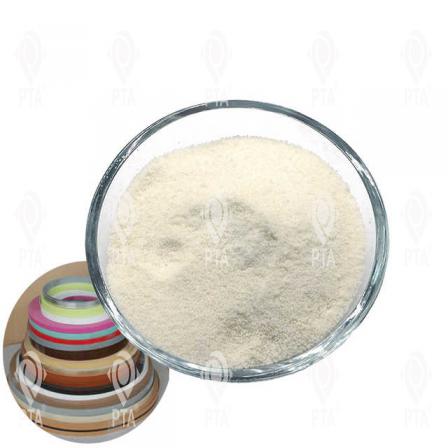 Today, in the polyethylene materials industry, there are many applications in the manufacture and production of plastic bags and plastic containers, which are among the main raw materials of these industries. And thousands of other plastic goods made from polyethylene.
Today, in the polyethylene materials industry, there are many applications in the manufacture and production of plastic bags and plastic containers, which are among the main raw materials of these industries. And thousands of other plastic goods made from polyethylene.
The types of polyethylene currently produced in the industry are divided into the following categories:
- High Density Polyethylene (HDPE)
- Low Density Polyethylene (LDPE)
- Linear Linear Polyethylene (LLDPE)
- Very light polyethylene (VLDPE)
- Cross-linked polyethylene (XLPE)
- Ethylene-vinyl ester copolymers
The types of polyethylene materials mentioned above with different commercial grades have their own characteristics that make them suitable for producing a different product. For example, high-density polyethylene is mostly used to make a variety of polyethylene pipes and fittings, as well as a variety of polyethylene tanks.
Lightweight polyethylene (LDPE) is used to produce a variety of plastic parts, a variety of polyethylene pipes, polymer sheets, fibers, containers and film packaging materials, plastic bags, and more.
Medium density polyethylene is used for making all kinds of packaging films, producing protective coatings for metal surfaces, all kinds of pipes and special connections for irrigation (pressurized water supply), etc. Low-density linear polyethylene (LLDPE) is used in the manufacture of electrical and telecommunication cable coatings, various coatings and protective films, and plastic parts

 Alireza Moslemi
Alireza Moslemi 
